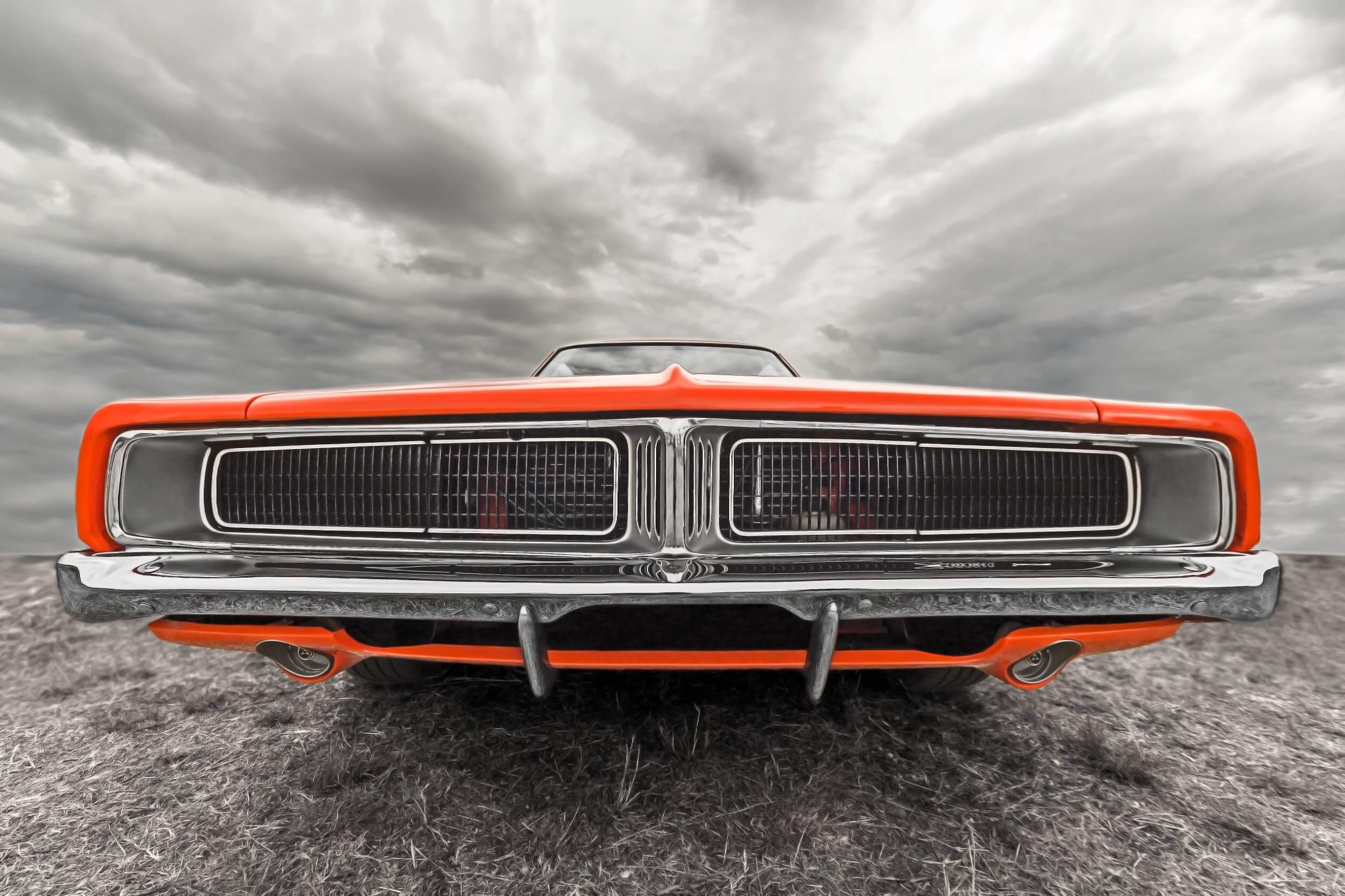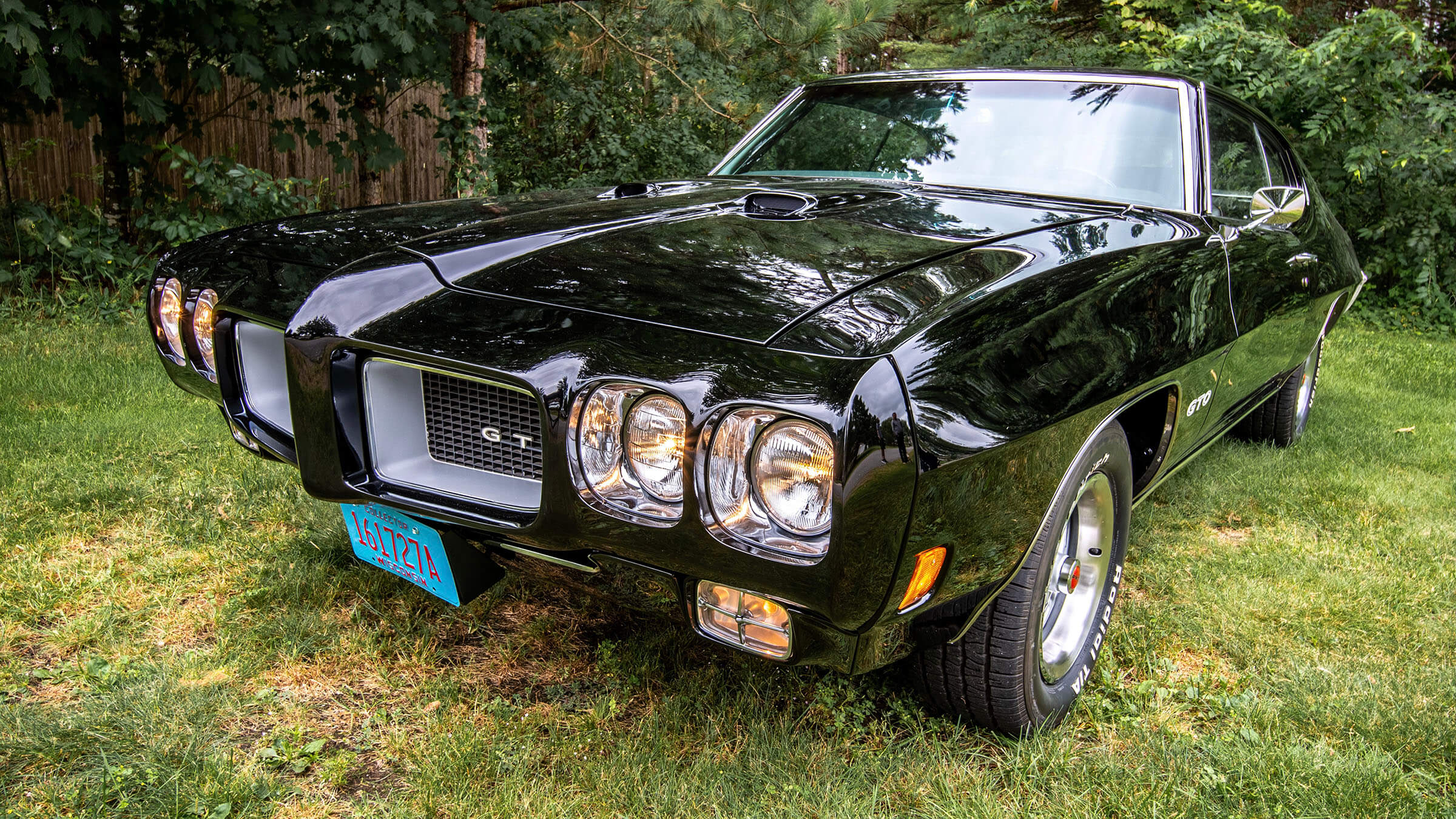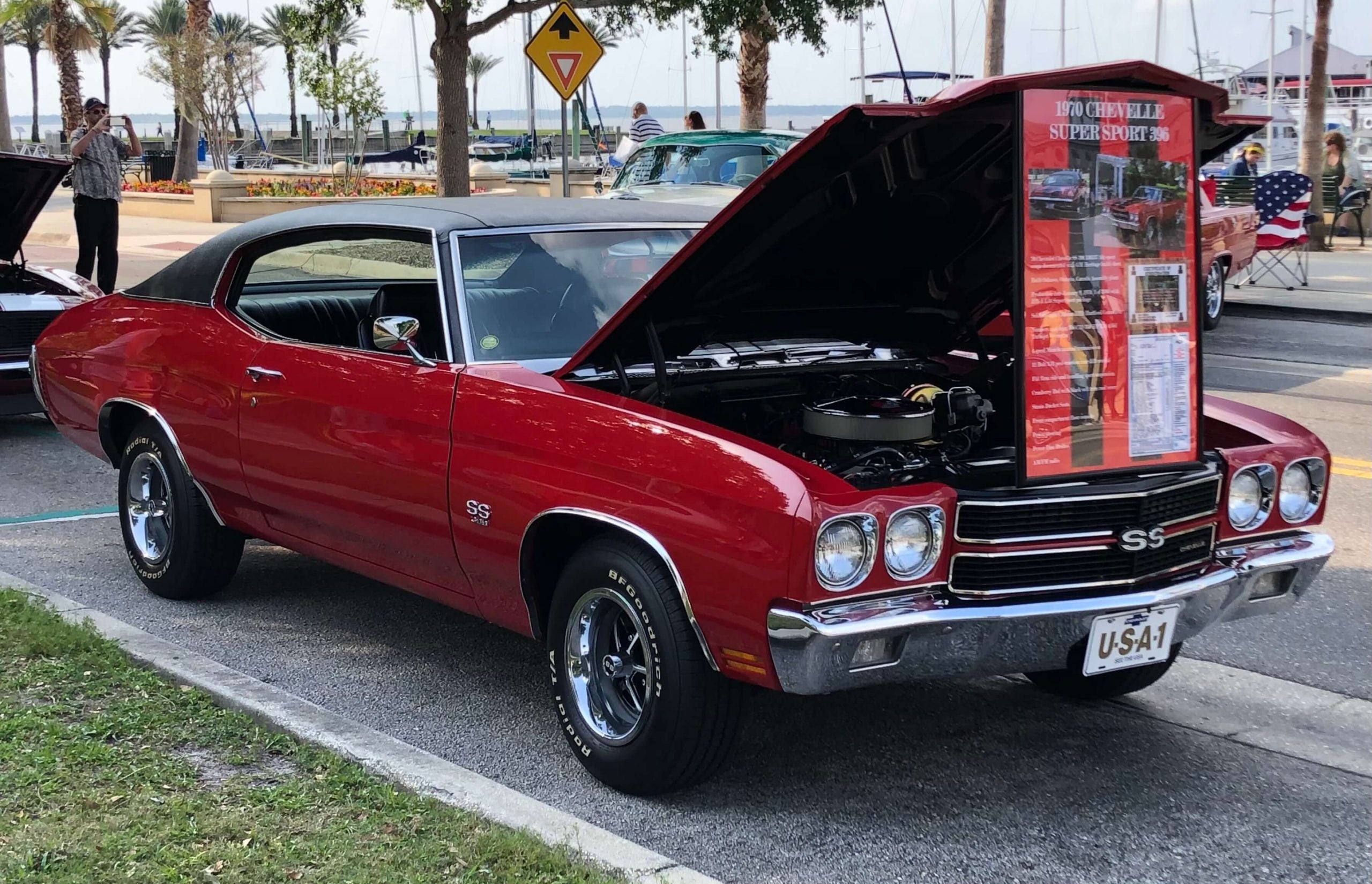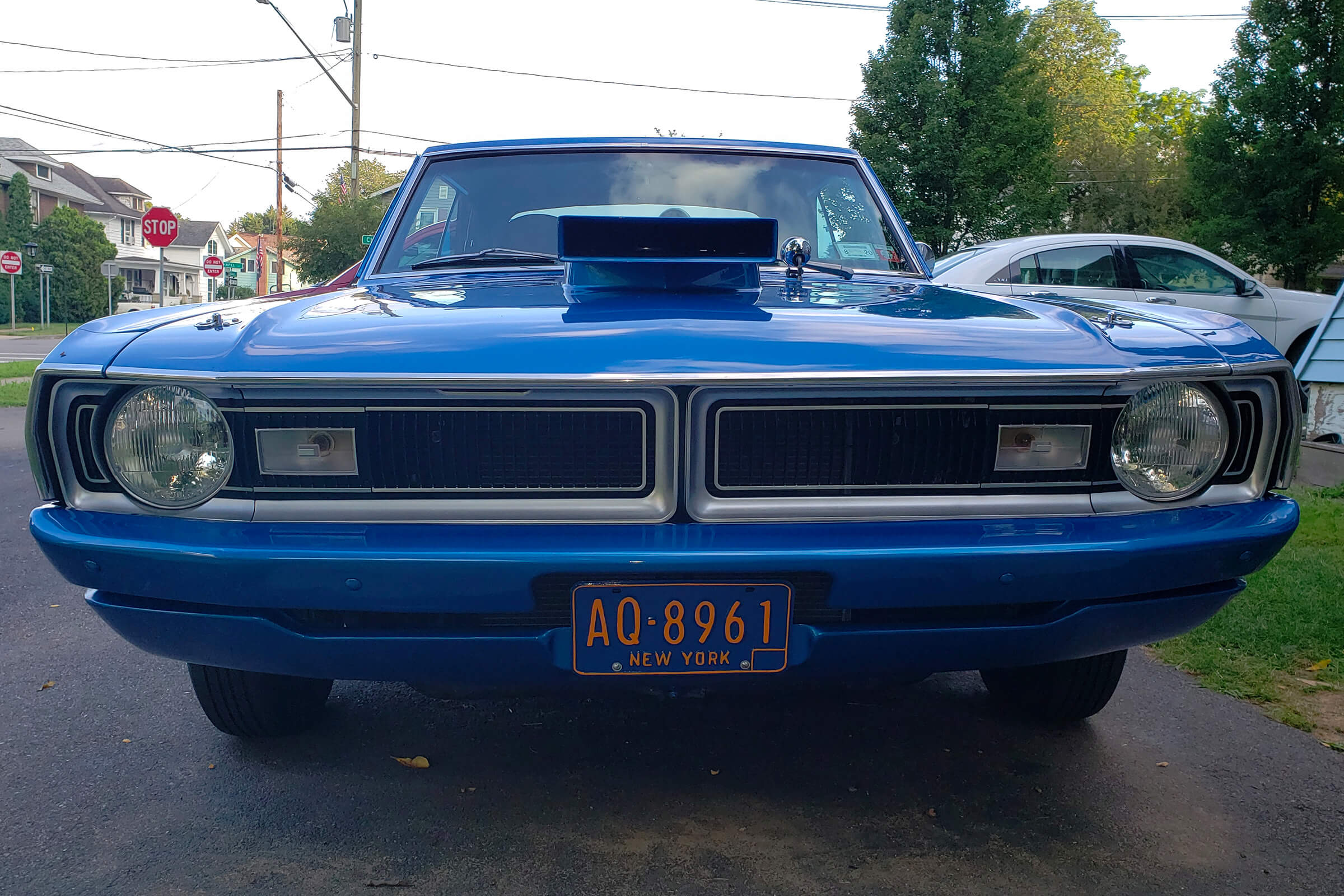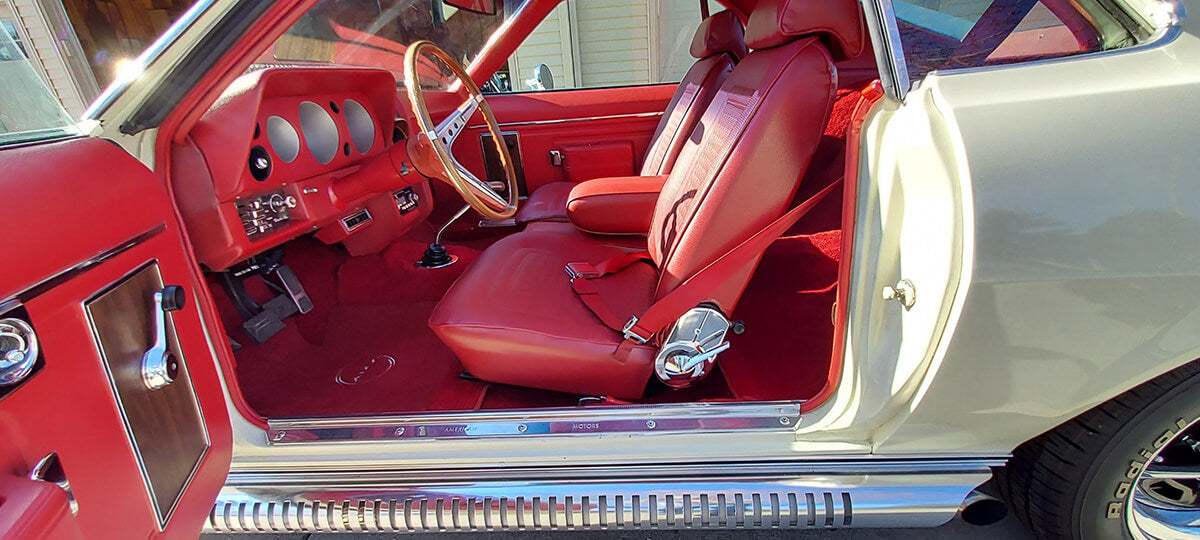Classic Car Upholstery
Many classic cars lack the advanced luxury features that modern cars have, but owners can still make modern upgrades to any part of the car, from the seats to the engine. It’s common to replace old and plain upholstery with newer, more comfortable and attractive materials. Nowadays, there is a wide selection of classic car upholstery to choose from that vary by color, material, and design.Bringing Your Classic Car’s Upholstery Back from the Dead
When preparing for a restoration job, most set aside the bulk of their budget for those elements that are eye-catchers (e.g., the engine, the paint job). But when it’s time to redo the interior, most of the money is gone. Do you really want to take your newly restored ride out for a spin using old blankets as seat covers? If you really want to get the most out of your restoration project (both in terms of satisfaction and resale value), you have to be willing to dedicate resources to your vehicle’s interior.Upholstery Materials
The first step when considering upholstery is to choose the type of material. The different types include:- Leather
- Vinyl
- Fabric
- Plastic
- Faux leather
- Suede
Finding the Right Restoration Provider
Restoring classic auto upholstery can be an involved process, which is why many often prefer to leave it to the professionals. The trouble is defining who truly is a professional. When you’re selecting a shop that claims to specialize in rejuvenating classic car seat upholstery, pay attention to the small details. How clean is the office and showroom? What sort of care do they take in protecting your car’s interior while working? Do they allow you to watch while they work? Any element that makes a provider come off as unprofessional should be viewed as a red flag. If, in the end, ensuring that your upholstery restoration is in the right hands means paying a few bucks more, trust us when we say that those costs will be recouped in the quality of work done.Tackling Your Upholstery Restoration Yourself
If, however, you are trying to save on your vehicle restoration costs, don’t be scared of handling your classic muscle car upholstery restoration on your own. You don’t need years of experience to restore your car to its original showroom luster; you just the right amount of time and guidance. When readying yourself for this job, keep the following advice in mind:- Take your time: The goal should be to do the best possible job you can, not the fastest.
- Document everything you do: This will help you if you have to revisit steps or describe to others what you’ve done.
- Choose the right time: Restorations can be done during the winter months, but certain unique elements of interior restorations require heat to make the materials you’re working with more pliable.
- Research your resources: Before doing anything with your vehicle’s existing upholstery, look into exactly how to remove and replace components and what materials are available. In some areas, a lack of availability may require you to work around existing materials.
How To Prepare Your Classic Car for Upholstery
Start From ScratchLet’s face it, this car matters to you. A lot. Take your project all the way. Don’t put brand-new car upholstery on top of old foam. Strip old materials out and install fresh insulation, padding and panels. Your classic will smell incredible afterwards.
Bring Her To Life
You want all of your car’s systems working properly before taking her in for the big day. That means running all electrical, heating and air-conditioning systems. Keep everything organized – thank goodness for zip ties – but don’t forget to leave enough slack in case of emergencies.Rock Your Tunes
Don’t skimp on the quality of the sound deadener you choose. For one thing, it lets you celebrate the glory days with Led Zep, CCR and Jimi Hendrix with awesome sound quality. A high-quality deadener with heat shield properties also protects your classic car’s interior year round.
Blazing Seats
Always double-check that your car’s seats are properly squared and slide smoothly in their tracks. Look at their profile from all angles after you install them.
Add Some Finishing Touches
There’s no shame in admitting it: picking out handles and other finishing touches for your baby isn’t work. It’s the best part of the job. Have everything on hand the day you hand over your car keys to the installation team.
Take Her for a Ride
Yeah, you know you want to anyway. Actually, taking your sexy siren out on the road gives you an opportunity to check for any undetected issues and see how she works in the real world. Making adjustments is easy before you upholster. Afterwards, it’s much trickier.
Make a Friend
You definitely want your upholsterer on your side. If he likes you, chances are he’ll go the extra mile to take care of the little details people notice. One way to keep the peace is to get rid of any leaks to keep his shop floor clean. This also prevents your upholstery from getting ruined by accident.
Tips for Protecting Your Classic Car Upholstery
We understand that it takes a lot of hard work and dedication to get your car’s interior just the way you want it. The last thing you want is for it to degrade because the proper actions to protect it weren’t taken. So we’ve put together a list of some simple things you can start doing to keep your auto upholstery in the fantastic condition your beauty deserves.1.) Wipe Down Spills With an Old T-Shirt
It is a good idea to keep a few raggedy t-shirts from around the house for various odds and ends. In the event you spill something on your upholstery, you can clean it off with one of these shirts. T-shirts are much more preferable to use for spills than paper towels, which are made from wood and can leave behind marks and scratches, especially if you have leather seats.
2. Crack Open the Windows
When the temperature inside your vehicle gets too high, it can start to damage the interior components. It is vital to remember that the temperature inside your car can be a lot hotter than what it is outside. Even if the weather outside is only at 75 degrees Fahrenheit, it could be well over 85 degrees in your car, so remember to crack your baby’s windows, even on moderate days, and try to avoid parking in direct sunlight.
3.) Block the Sunlight
Sunlight can cause numerous damages to your car’s interior over time, including color fading and leather cracking. If you can’t avoid parking in direct sunlight, you should consider investing in a window shade to keep sunlight from getting inside. Some people prefer getting a sun blocker that goes directly over the upholstery to protect it from the sun’s damaging rays. Sunshade in either form will also help reduce the interior temperature and ward off cracking.
4.) Purchase Rubber Floor Mats
Another way you can protect the upholstery is to place plastic or rubber floor mats on the carpet. These mats will trap all the dirt and mud you could track in. They are simple to clean, and you will not have to worry about the carpet becoming damaged prematurely.
5.) Vacuum Often
No matter how careful you are, dirt and crumbs may fall onto or between your car’s seats. Vacuuming your seats and floor regularly not only keeps your car interior looking its best, but it also protects your interior from becoming permanently damaged from caked-in dirt or pesky scratches from crumbs. Be sure to vacuum between the seat crevices where dirt is most likely to hide, and make sure you carefully clean out your beauty after long drives or dirty car shows.
Looking for Professional Help?
Legendary Auto Interiors provides original and custom classic car upholstery for a wide variety of classic American-made cars. See our selection and shop our collection here > We provide custom auto upholstery, or we can restore your baby’s seats so that they look the way they did decades ago. You can learn more about our full range of services or contact us if you have any questions.


